cities with good conditions to live it is always ideal for those seeking comfort, good education, health, infrastructure and quality services with a pleasant life. Thus, there is always a great demand for ideal places to live and have a good human development and standard of living.
With that in mind, we've developed a list of 20 best cities to live in Brazil for those looking for these indicators, based on research for better quality of life indicators, based on the HDI (Human Development Index), carried out by the UN (United Nations).
see more
Use coffee grounds to unclog your kitchen drain; know how
Astrology and genius: THESE are the 4 most brilliant signs of…

Considered the best city to live in Brazil, located in the country's most populous state, São Caetano do Sul is one of the few cities in the State of São Paulo that is not crossed by a national highway or state.

Known for its medicinal power for having hydromineral waters, it is very attracted by tourists and is located in the interior of the State of São Paulo.

It is the second most populous municipality in Santa Catarina and has the best HDI level in the country. The city is an important navigation center and its economy is focused on information technology and tourism.
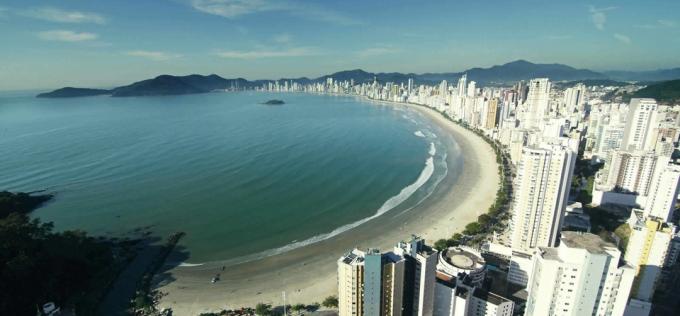 Located on the coast of the State of Santa Catarina, it is known for its beautiful beaches and hills that fall down to the sea. The region is one of the main tourist spots in South America and its population increases by up to 4 times during the summer.
Located on the coast of the State of Santa Catarina, it is known for its beautiful beaches and hills that fall down to the sea. The region is one of the main tourist spots in South America and its population increases by up to 4 times during the summer.
 The city has great expectations for growth and a high quality of life, being the 5th city with the best HDI in the country. According to a study carried out in 2017 by the Instituto de Longevidade Mongeral Aegon, it is the 9th best city to age in the country.
The city has great expectations for growth and a high quality of life, being the 5th city with the best HDI in the country. According to a study carried out in 2017 by the Instituto de Longevidade Mongeral Aegon, it is the 9th best city to age in the country.
 It is the largest city on the coast of São Paulo, home to the largest port in Latin America and has the largest economic participation in the Metropolitan Region of Baixada Santista.
It is the largest city on the coast of São Paulo, home to the largest port in Latin America and has the largest economic participation in the Metropolitan Region of Baixada Santista.
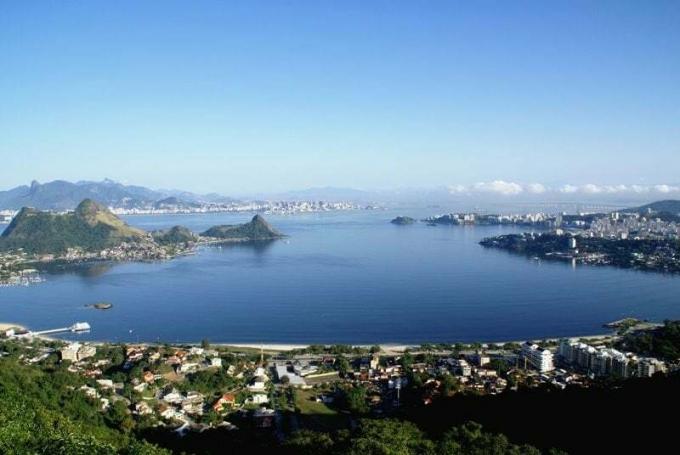 It is the second municipality with the highest average per capita monthly household income in Brazil and one of the main financial, commercial and economic centers in the State of Rio de Janeiro.
It is the second municipality with the highest average per capita monthly household income in Brazil and one of the main financial, commercial and economic centers in the State of Rio de Janeiro.
 Considered the economic and political hub of the Santa Catarina Midwest, strategically located in the center of the region. Joaçaba is one of the country's historic stages as it was one of the main places where the Contestado War took place, between 1912 and 1916.
Considered the economic and political hub of the Santa Catarina Midwest, strategically located in the center of the region. Joaçaba is one of the country's historic stages as it was one of the main places where the Contestado War took place, between 1912 and 1916.
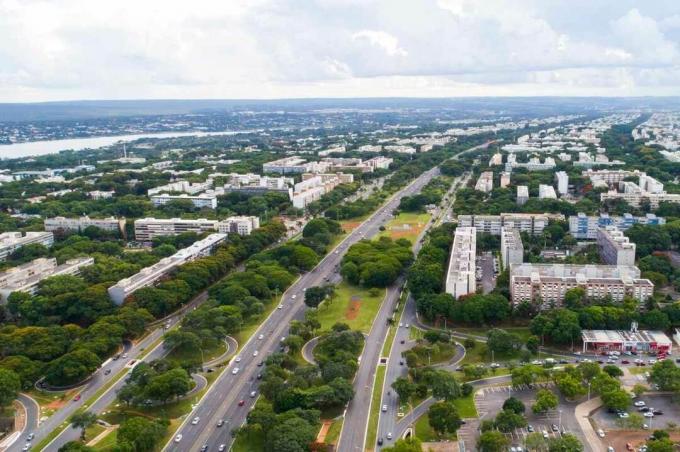 Famous for its interesting urban plan, created by Oscar Niemeyer and Lucio Costa, in the shape of an airplane known as “Plano Piloto”. Its planning is divided into sectors, with wide streets and residential buildings located in large urban areas, with Brasília being the largest city built in the 20th century in the world.
Famous for its interesting urban plan, created by Oscar Niemeyer and Lucio Costa, in the shape of an airplane known as “Plano Piloto”. Its planning is divided into sectors, with wide streets and residential buildings located in large urban areas, with Brasília being the largest city built in the 20th century in the world.
 The capital with the lowest illiteracy rate in Brazil. It was founded from a small bandeirante village, formerly located on the road between Sorocaba-SP and Viamão-RS. Curitiba had a great urban growth and attracted many European immigrants, mostly coming from Germany, Poland, Ukraine and Italy.
The capital with the lowest illiteracy rate in Brazil. It was founded from a small bandeirante village, formerly located on the road between Sorocaba-SP and Viamão-RS. Curitiba had a great urban growth and attracted many European immigrants, mostly coming from Germany, Poland, Ukraine and Italy.
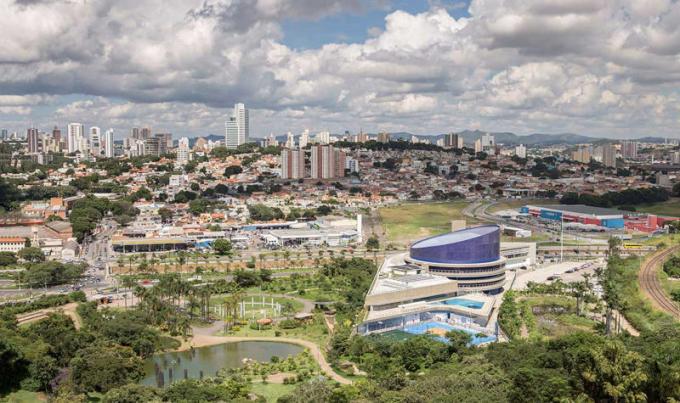 It is one of the safest municipalities with the best basic sanitation in the country. The name of the city refers to the Jundiaí River and means “river of the jundiás” in Tupi. One of the most striking landscapes is the Serra do Japí, a region of the Atlantic Forest that is conserved and known as “Castelo de Águas.
It is one of the safest municipalities with the best basic sanitation in the country. The name of the city refers to the Jundiaí River and means “river of the jundiás” in Tupi. One of the most striking landscapes is the Serra do Japí, a region of the Atlantic Forest that is conserved and known as “Castelo de Águas.
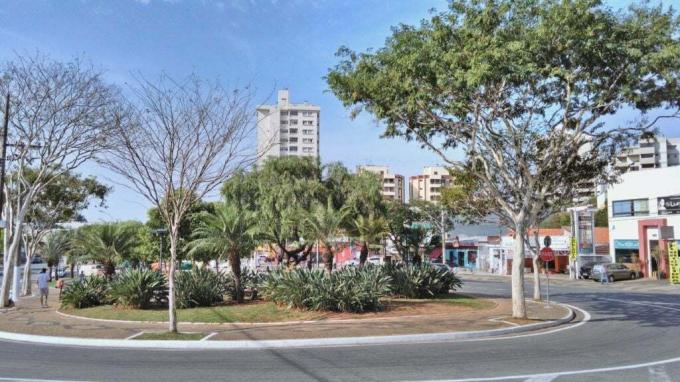 It is part of the metropolitan region of Campinas, known as Capital do Figo Roxo, despite being a major producer of guavas and the hometown of sambista Adoniran Barbosa.
It is part of the metropolitan region of Campinas, known as Capital do Figo Roxo, despite being a major producer of guavas and the hometown of sambista Adoniran Barbosa.
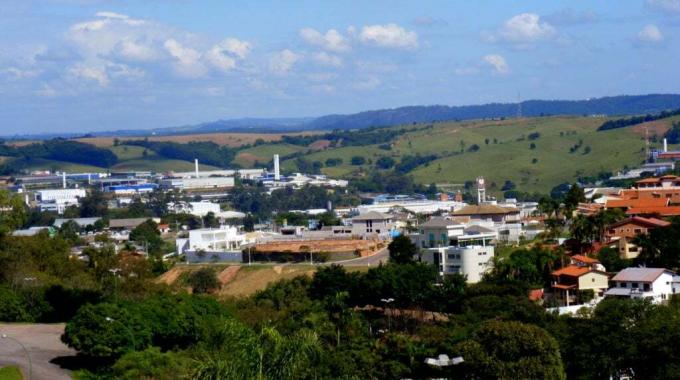 Located in the interior of the State of São Paulo, born from the coffee plantation carried out in the region, it is one of the cities that attracts the most migration of people from different parts of the country due to its high level of HDI.
Located in the interior of the State of São Paulo, born from the coffee plantation carried out in the region, it is one of the cities that attracts the most migration of people from different parts of the country due to its high level of HDI.
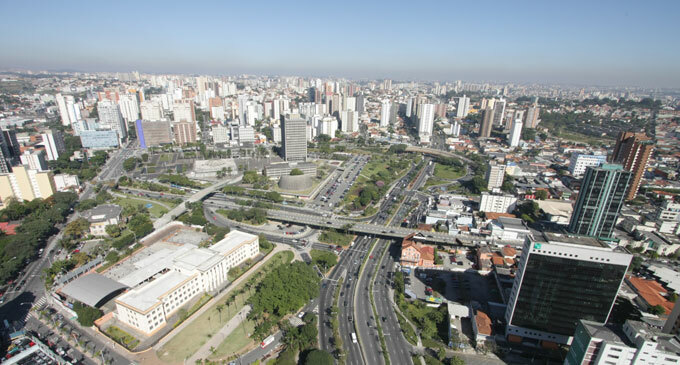 It emerged from the town around the São Bernardo train station, today called Prefeito Celso Daniel Station, on the Santos-Jundiaí railroad. It is considered the fifth best city in the country to raise children.
It emerged from the town around the São Bernardo train station, today called Prefeito Celso Daniel Station, on the Santos-Jundiaí railroad. It is considered the fifth best city in the country to raise children.
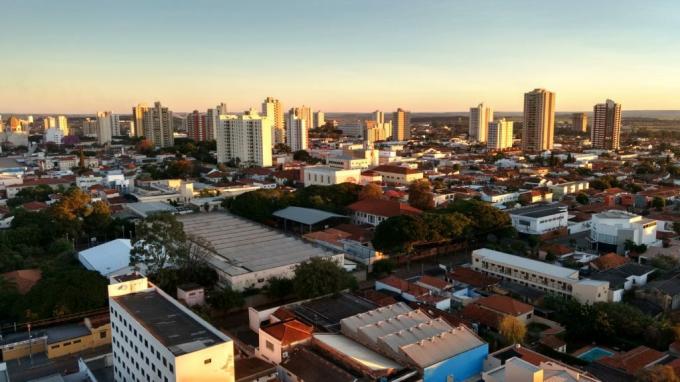 The city is formed by the seat and the districts of Bueno de Andrada and Vila Xavier. The name Araraquara comes from Tupi arará kûara, which means macaw hole. It has an education index above the country average, with the national average being 0.849 and the city average 0.915.
The city is formed by the seat and the districts of Bueno de Andrada and Vila Xavier. The name Araraquara comes from Tupi arará kûara, which means macaw hole. It has an education index above the country average, with the national average being 0.849 and the city average 0.915.
 City that played an important role in the beginning of the activities of the bandeirantes, it was founded near the waterfall already called by the indigenous people of Parnaíba, meaning “many islands”. This is where the Edgard de Sousa Hydroelectric Power Plant is located.
City that played an important role in the beginning of the activities of the bandeirantes, it was founded near the waterfall already called by the indigenous people of Parnaíba, meaning “many islands”. This is where the Edgard de Sousa Hydroelectric Power Plant is located.
 Located in the Metropolitan Region of Belo Horizonte, bordering the capital and attracting high-income residents to live in luxury condominiums. It contains several mines in its territory, from which different ores are extracted, including gold and iron.
Located in the Metropolitan Region of Belo Horizonte, bordering the capital and attracting high-income residents to live in luxury condominiums. It contains several mines in its territory, from which different ores are extracted, including gold and iron.
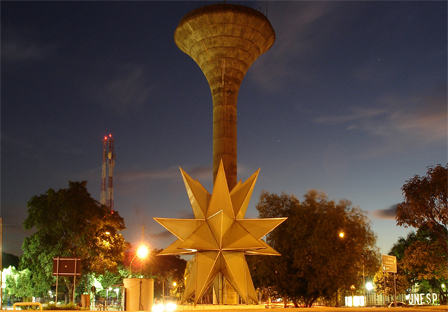 City in the interior of São Paulo, located on the state border with Mato Grosso do Sul. It is one of the main points of the Tietê-Paraná waterway, Mercosur's main means of transport.
City in the interior of São Paulo, located on the state border with Mato Grosso do Sul. It is one of the main points of the Tietê-Paraná waterway, Mercosur's main means of transport.
 It was first settled by Portuguese, African and Italian immigrants, who came to form the largest ethnic group in the region. However, with the arrival of the Americans, they began to have more influence and play a greater economic, agricultural and textile role in the region, which remains until today.
It was first settled by Portuguese, African and Italian immigrants, who came to form the largest ethnic group in the region. However, with the arrival of the Americans, they began to have more influence and play a greater economic, agricultural and textile role in the region, which remains until today.
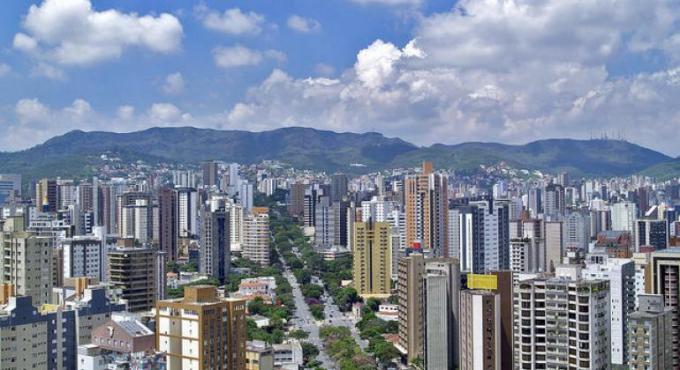 One of the cities with the greatest political, economic and cultural influence, being the 6th largest city in the country. It is surrounded by the Serra do Curral, which provides it with a natural frame.
One of the cities with the greatest political, economic and cultural influence, being the 6th largest city in the country. It is surrounded by the Serra do Curral, which provides it with a natural frame.
Read too: Discover the 25 largest cities in the world
